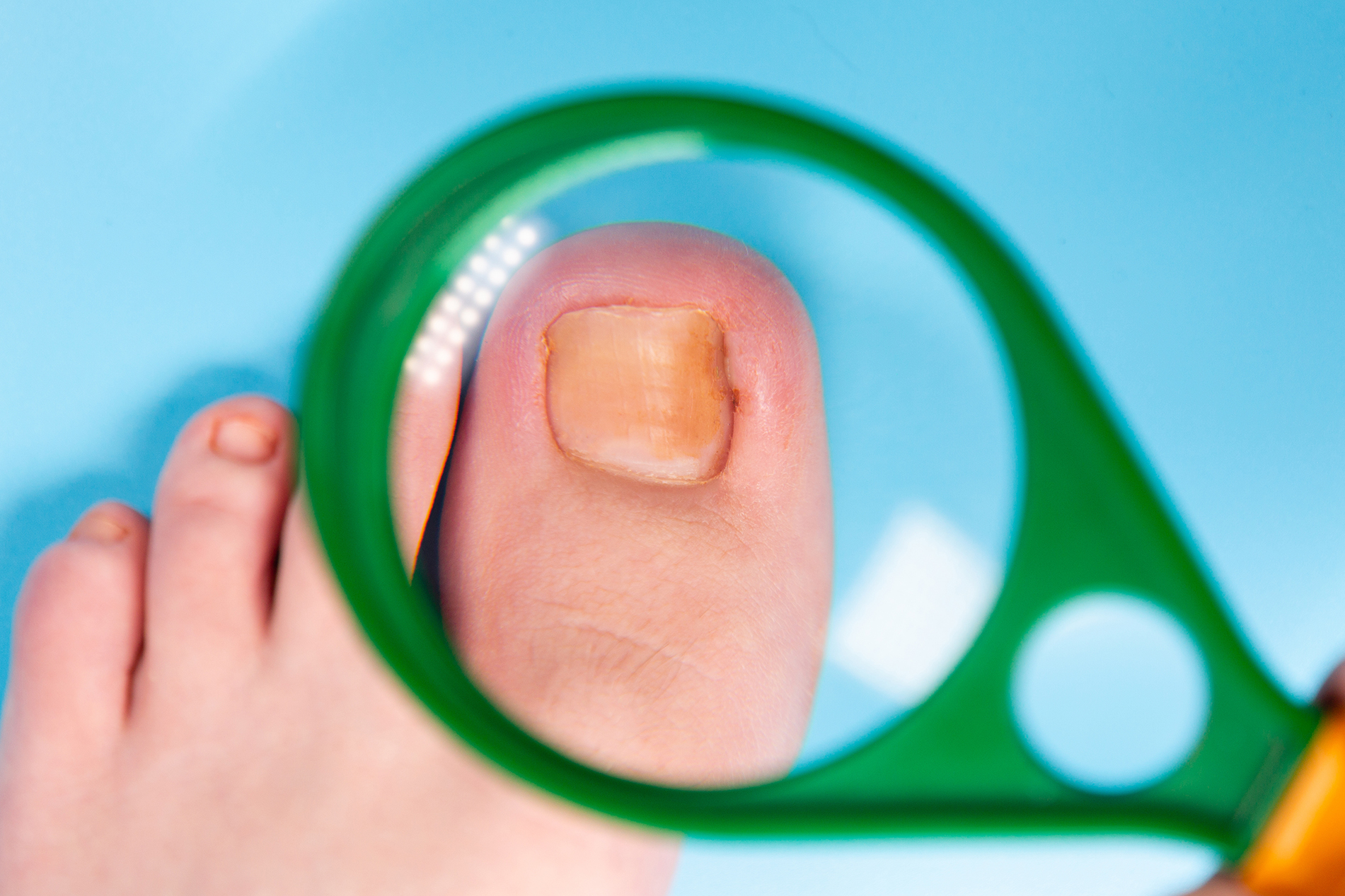Ingrown toenails might be a small problem, but they can cause big discomfort. If you've ever dealt with an ingrown toenail, you know how something as simple as walking can quickly turn into a painful ordeal. Fortunately, Dr. Trina Monis with Lexington Podiatry shares ways to prevent and treat this common issue before it gets worse.
What is an ingrown toenail?
An ingrown toenail happens when the edge of the nail grows into the surrounding skin instead of straight out, causing pain, redness, swelling, and sometimes even infection. It usually affects the big toe, but any toe can become ingrown if conditions are right.
Why do people develop ingrown toenails?
There are several reasons why ingrown toenails happen. Sometimes, it just comes down to genetics – if your family has a history of curved or thick nails, you might be more likely to develop ingrown toenails. Other causes include:
- Sudden injuries to the toes (dropping an object on them, accidentally stubbing your toes)
- Wearing shoes that are too tight or incorrectly sized
- Keeping nails too long
- Repeated injuries to the toes from playing sports.
What home treatments can people try?
Simple home treatments can include soaking your foot in warm, soapy water for 15-20 minutes to soften the skin and ease the pain while gently lifting the edge of the nail or pulling the skin away from the nail. Epsom salt soaks can help reduce inflammation and decrease pain. Applying a topical antibiotic medication can help decrease or treat a mild infection. If you have diabetes or circulation issues, it is best to skip home remedies and see a doctor.
When should someone seek medical care for their ingrown toenail?
If you notice redness, swelling, drainage, or intense pain, it is time to call in a professional. These are signs the nail is infected. If untreated, infections can spread and cause more significant issues. Also, if you have tried at-home care for a few days without improvement, let a podiatrist evaluate your toe.
How do you treat ingrown toenails?
In the clinic, treatment depends on the severity. For mild cases, we might trim the problem area. A podiatrist can perform a minor procedure to remove part or all of the ingrown portion for recurring or severe cases. We sometimes apply an acid to the nail's root to help decrease the risk of it growing back and prevent future ingrown nails.
What can people do to avoid ingrown toenails?
Preventing ingrown toenails is mostly about good foot care habits. Trim nails back without cutting them too short or digging into the corners. Ensure your shoes fit well; they should not squeeze or pinch your toes or be too loose or oversized. If you are active in sports, be mindful of toe injuries and protect your feet with proper footwear.

Trina P. Monis, DPM, D.ABFAS, FACFAS, Lexington Podiatry






Leave a comment